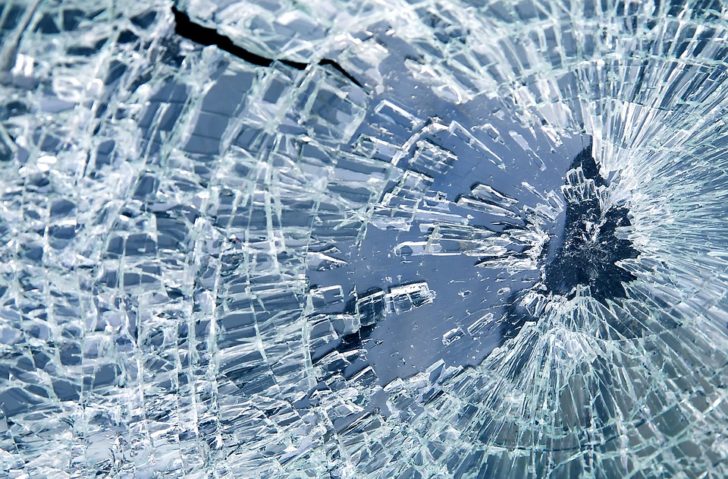Glass surfaces made unbreakable and scratch-resistant

The nano-scale structure reveals new possibilities to construct more robust glass.
The shattering of glass does not occur too often, because glass is actually one of the most break-proof materials that are produced on a large scale with modern technology – at least theoretically. “In practice however, even the smallest defects can reduce the resistance of glass by several orders of magnitude, which is why only a fraction of the potential strength of everyday glass products is reached”, Prof. Dr. Lothar Wondraczek, chairman of glass chemistry at Friedrich Schiller University of Jena, explains. Even the most state-of-the-art hardening processes as employed for displays of smart phones or tablets are only capable of solving the problem to a certain extent.
Scientists in Wondraczek’s team have therefore set out to better exploit the potential of the mechanical properties of glass. Next to improving hardening processes and investigating new glass compositions, they laid their focus on the molecular mechanisms and reactions by which the mechanical properties of glass materials are determined by.
The structure of glass is less homogenous as previously assumed
“Up until now, we assumed that the hardness of glass surfaces is mainly a result of the chemical binding behavior, which is determined by the present components of glass”, says Wondraczek. Other materials such as metals, ceramics or concrete consist of differently sized grains. Glass on the other hand, has long been considered to be highly homogenous. They don’t contain grains or phase boundaries that influence the hardness or mechanical properties.
It turns out that this assumption is not quite exact, as the research team’s studies now show. “Even the highest-grade glasses have spatial inconsistencies”, says glass scientist Wondraczek and goes on: “glasses are produced by liquids, so called melts. Within this liquid material, each molecule moves at its own pace; in total, all molecules and particles are subject to a certain distribution of velocities. When the liquid solidifies to glass, this velocity distribution is represented in the solid structure.” This can be observed by fluctuations in density, areas with different densities within the material. These variances are mostly only the distance of a couple of atoms. But, as the scientists were able to show, such fluctuations play a decisive role in the deformation behavior of glass surfaces.
Adhesive forces between nano-grains determine mechanical properties
“Glasses behave the same as granular materials, but on a very small scale”, says Wondraczek. With this knowledge, the scientists are now able to vary the chemical composition of glass to precisely influence the adhesive forces between such “nano-grains”. This makes it possible to produce various improvements of the mechanical properties, for example, glasses which are much less brittle but still scratch-resistant.
Source (DE): http://www.chemie.de/news/1157447/glasoberflaechen-kratzfest-und-bruchsicher.html?WT.mc_id=ca0259
Original articles : https://onlinelibrary.wiley.com/doi/full/10.1002/advs.201800916
https://journals.aps.org/prmaterials/abstract/10.1103/PhysRevMaterials.2.092601